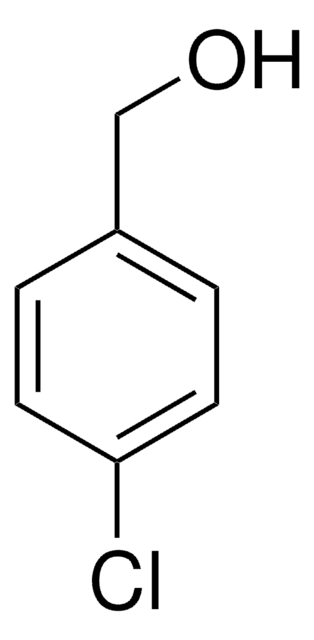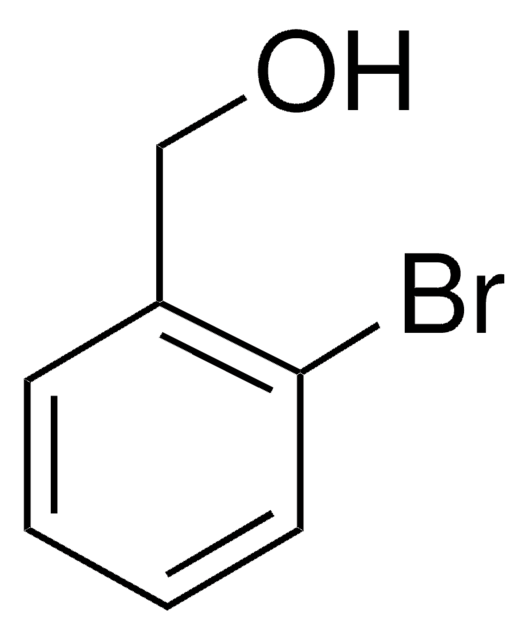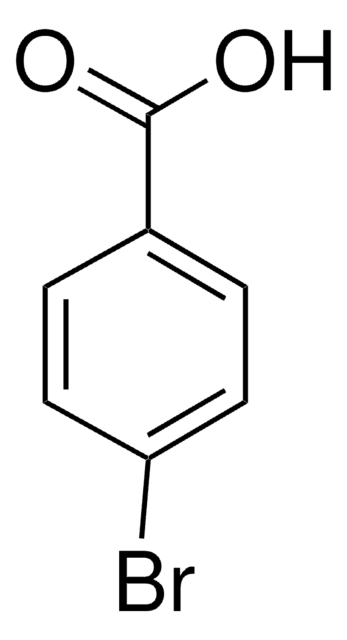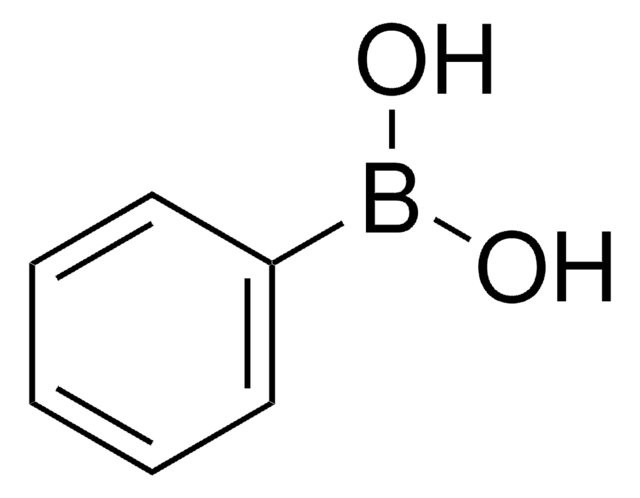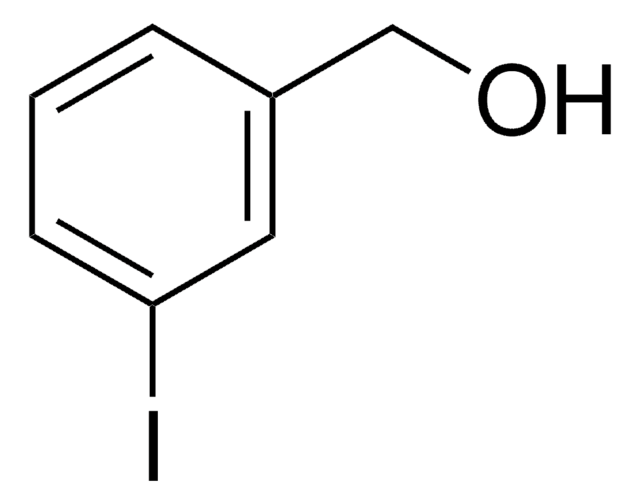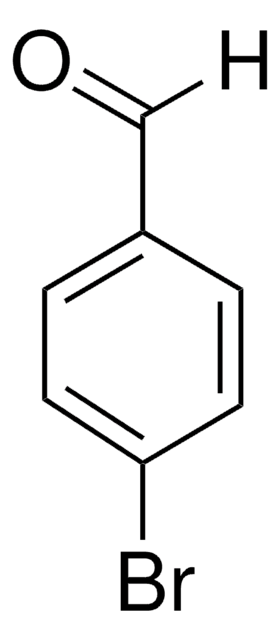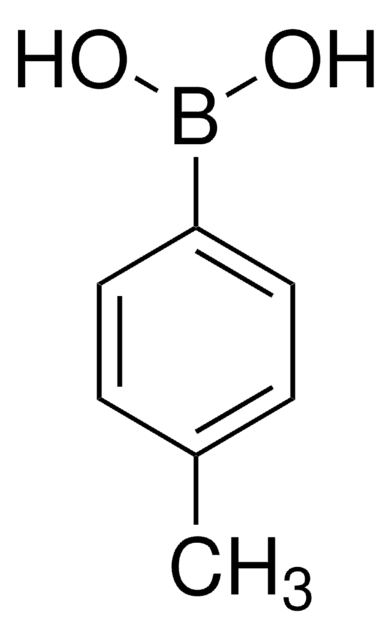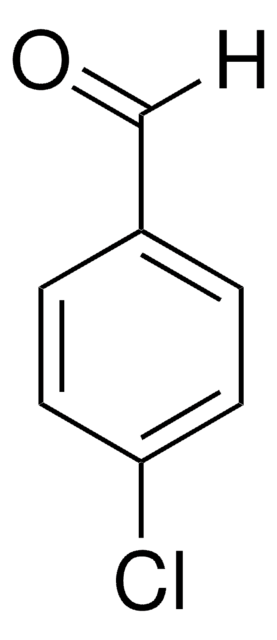Wichtige Dokumente
187054
4-Brombenzylalkohol
99%
Synonym(e):
(4-Bromophenyl)methanol, (p-Bromophenyl)methanol, 1-(p-Bromophenyl)methanol, 1-Bromo-4-(hydroxymethyl)benzene, 4-Hydroxymethyl-1-bromobenzene, p-Bromobenzyl alcohol
About This Item
Empfohlene Produkte
Qualitätsniveau
Assay
99%
Form
solid
mp (Schmelzpunkt)
75-77 °C (lit.)
Löslichkeit
dioxane: soluble 1 g/10 mL, clear to faintly turbid, colorless to faintly yellow
Funktionelle Gruppe
bromo
hydroxyl
SMILES String
OCc1ccc(Br)cc1
InChI
1S/C7H7BrO/c8-7-3-1-6(5-9)2-4-7/h1-4,9H,5H2
InChIKey
VEDDBHYQWFOITD-UHFFFAOYSA-N
Angaben zum Gen
human ... ALOX12(239) , ALOX15(246)
Suchen Sie nach ähnlichen Produkten? Aufrufen Leitfaden zum Produktvergleich
Allgemeine Beschreibung
Anwendung
- hydroxyl end functionalized, substituted polyfluorene
- amphiphilic, symmetric rod-coil, triblock copolymer of poly(9,9-didodecylfluorene-2,7-diyl) and poly(hydroxyl ethyl methacrylate)
H-Sätze
P-Sätze
Gefahreneinstufungen
Aquatic Chronic 3
Lagerklassenschlüssel
13 - Non Combustible Solids
WGK
WGK 3
Flammpunkt (°F)
Not applicable
Flammpunkt (°C)
Not applicable
Persönliche Schutzausrüstung
Eyeshields, Gloves, type N95 (US)
Hier finden Sie alle aktuellen Versionen:
Besitzen Sie dieses Produkt bereits?
In der Dokumentenbibliothek finden Sie die Dokumentation zu den Produkten, die Sie kürzlich erworben haben.
Kunden haben sich ebenfalls angesehen
Unser Team von Wissenschaftlern verfügt über Erfahrung in allen Forschungsbereichen einschließlich Life Science, Materialwissenschaften, chemischer Synthese, Chromatographie, Analytik und vielen mehr..
Setzen Sie sich mit dem technischen Dienst in Verbindung.